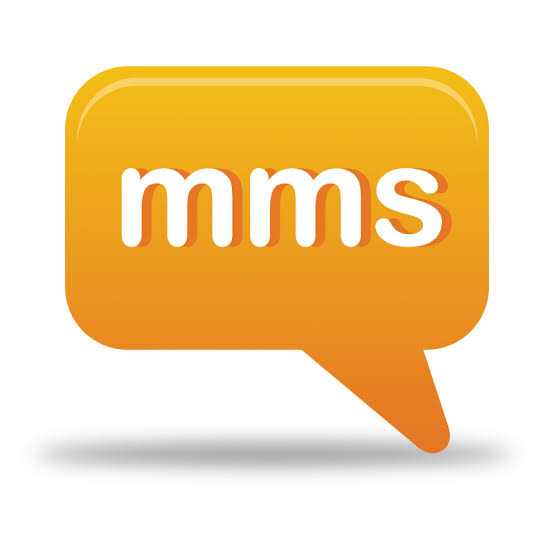SIM cards are essential for effective communication globally. They not only store your subscriber identity but also enable various functionalities, including making calls, sending messages, and accessing mobile data.
One term you might come across is “message call.” This article will break down what a message call on a SIM card is, its purpose, and how it works.
What is a Message Call?
A message call refers to a type of communication facilitated by the SIM card that involves sending or receiving messages. Unlike standard voice calls, message calls can include text messages (SMS), multimedia messages (MMS), and sometimes even data for applications. Essentially, a message call is any transmission of information that is not voice-based but is carried over the mobile network.
How Message Calls Work
Message calls are processed through a combination of your mobile device, the SIM card, and the network operator’s infrastructure. Here’s a step-by-step breakdown of the process:
- Message Creation: You compose a message on your mobile device.
- SIM Card Role: The SIM card stores your subscriber information and ensures that your message is identified with your mobile number.
- Network Transmission: The message is sent from your device to the nearest cell tower.
- Carrier Processing: The network operator routes the message to the recipient’s carrier.
- Message Delivery: The recipient’s carrier delivers the message to their device.
Types of Message Calls
There are several types of message calls, each serving different communication needs:
SMS (Short Message Service):

- Character Limit: 160 characters per message.
- Usage: Used for basic text communication.
MMS (Multimedia Messaging Service):

- Content: Supports text, images, videos, and audio.
- Usage: Used for sharing multimedia content.
OTT (Over-the-Top) Messages:

- Examples: WhatsApp, Facebook Messenger.
- Usage: Uses internet data for messaging, often bypassing traditional SMS/MMS.
Read also:
Practical Uses and Examples
Message calls are integral to everyday communication, used in various scenarios such as:
- Personal Communication: Sending greetings, updates, and quick messages.
- Business Communication: Receiving OTPs (One-Time Passwords) for security, appointment reminders, and service alerts.
- Marketing: Companies send promotional offers and information to customers.
Common Issues and Solutions
Despite their convenience, message calls can sometimes encounter issues. Here are common problems and their solutions:
Message Not Sent:
- Issue: Network problems or SIM card errors.
- Solution: Check network signal, restart the device, or reinsert the SIM card.
Delayed Messages:
- Issue: Network congestion or carrier delays.
- Solution: Wait for network traffic to reduce or contact the carrier for assistance.
Message Not Received:
- Issue: Recipient’s phone issues or carrier problems.
- Solution: Ensure the recipient’s phone is on and has network access, or ask them to restart their device.
Future of Message Calls
The future of message calls is evolving with advancements in technology. Here are some trends and predictions:
- 5G Technology: Faster data speeds and lower latency will enhance the delivery and quality of message calls.
- RCS (Rich Communication Services): An upgrade to SMS, RCS supports richer media and interactive communication.
- AI Integration: Smart replies and automated customer service through message calls.
Table: Summary of Message Call Types
| Type | Content | Usage |
|---|---|---|
| SMS | Text only | Basic text communication |
| MMS | Text, images, videos, audio | Sharing multimedia content |
| OTT | Text, images, videos, audio | Internet-based messaging (e.g., WhatsApp) |
